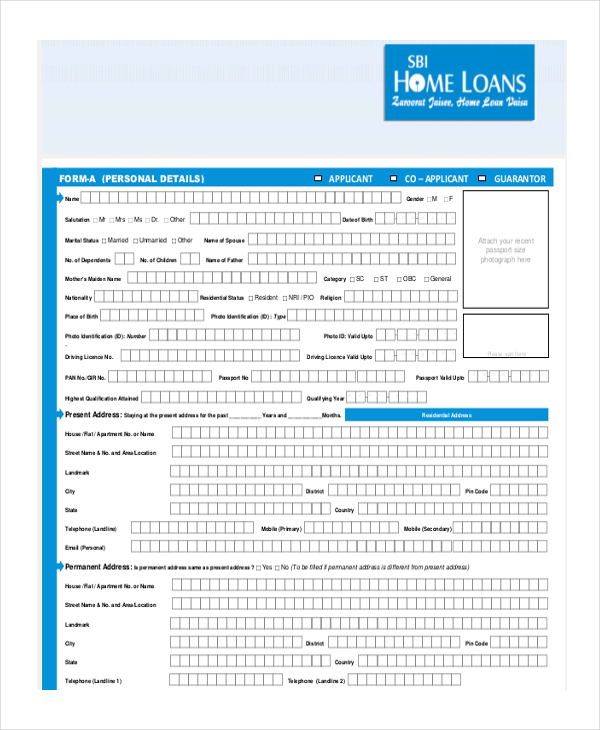Table of Content
Below is a list of common natural remedies used to treat or reduce the symptoms of Exercise-Induced+Hypoxemia. Follow the links to read common uses, side effects, dosage details and read user reviews for the drugs listed below. The best homeopathic in any case of hypoxemia is constitutional medicine. For this, a trained homeopathic physician takes a detailed case history of the patient.

This further enabled me to understand the suffering of patients better and provide them with vital emotional support along with medicinal management in a given case. Along with reading I also enjoy travelling, listening to music, watching movies and art and craft activities as hobbies. I took up to writing these blogs as they give me an opportunity to spread basic awareness about various common diseases to wider range of readers. However, following the herbal remedies not only help in dissolving clot, treats presenting complaints but also help in preventing further formation of clots in the blood.
Find a Doctor
Never disregard professional medical advice or delay in seeking it because of something you have read on this website. This article is for informational purposes only and does not constitute medical advice; the Content is not intended to be a substitute for professional medical advice, diagnosis, or treatment. Managing any underlying conditions is the best way to keep your blood oxygen at safe levels and lower your risk of hypoxemia. Over time, COPD can lead to hypoxia, a condition marked by low oxygen levels. This makes sense because if oxygen levels are low in your blood, the tissues of your body are also probably not getting enough oxygen either. This can result in higher levels of carbon dioxide in the blood and lower oxygen levels.
Preterm infants are vulnerable to hypoxemia, especially if they’ve been placed on a mechanical ventilator. Blood oxygen levels indicate the oxygen levels present in the blood that flows through the arteries of the body. Normal arterial oxygen pressure measured using the arterial blood gas test is approximately 75 to 100 millimeters of mercury ( mmHg). Hypoxemia is the term for when the oxygen levels in your blood, specifically the arteries, are below normal.
Treatment Options
Explore lung, breathing and allergy disorders, treatments, tests and prevention services provided by the Cleveland Clinic Respiratory Institute. If you smoke, quitting can help increase lung function to bring more oxygen into your lungs. The most common causes of hypoxemia are conditions that affect the respiratory or circulatory systems.
When COVID-19 is severe, it can cause difficult or labored breathing, which is often accompanied by hypoxemia. Severe illness typically occurs about one week after the onset of COVID-19 symptoms. This may involve using an oxygen mask or a small tube clipped to your nose to receive supplemental oxygen. If you’re otherwise healthy and receive a reading of 92 percent or less on an at-home pulse oximeter, contact your doctor. For most people, a normal reading falls between 95 and 100 percent, although this may be lower if you have a known lung condition or live at a high elevation. Gas exchange happens in the alveoli, the tiny air sacs in your lungs that are surrounded by blood vessels called capillaries.
What can you do to prevent hypoxemia?
An arterial blood gas test can measure the amount of oxygen and carbon dioxide in a blood sample taken from your artery, typically in your wrist. Arteries are blood vessels that carry oxygen-rich blood to the organs and tissues in your body. Hypoxemia can be prevented by regular exercise, eating a balanced diet, quitting smoking, drinking plenty of water, and taking medications regularly.
Survival of human beings is impossible with oxygen levels at 6 % or lower. This ailment results in various signs and symptoms and can also cause damage to other parts of the body as well. This embolism usually originates from the lower extremities’ deep venous system. Rarely the embolism can arise from the renal, pelvic, right chamber of heart or upper extremity. It then travels to the lungs where in case if the thrombus is large it can get lodged at the pulmonary artery’s bifurcation and can result in hemodynamic compromise.
Hypoxemia (Low Blood Oxygen): Symptoms, Causes, Treatments
Normal values for oxygen saturation are between 95 and 100 percent. Here are the causes, symptoms, preventions and treatment of hypoxemia and/or hypoxia. Considering taking a vitamin or supplement to treat Exercise-Induced+Hypoxemia?
Work with your healthcare provider to manage any underlying causes, and ask if there are steps you can take to prevent hypoxemia from occurring again. Hypoxemia is a symptom of other medical conditions, or, in some cases, opioid drug use. It is diagnosed through physical exams, tests that measure blood oxygen levels, and, sometimes, lung function tests. Hypoxemia is often successfully treated with medications or oxygen therapy and can cause serious complications if left untreated. Hypoxemia is defined as an abnormally-low partial pressure of oxygen in the arterial blood. Oxygen cascade is highly sensitive to various abnormalities that can appear anywhere in the air (e.g., reduced oxygen content), airways, lungs, or cardiovascular system.
Hypoxemia has a profound negative effect on quality of life (Nonoyama et al, 2007; Orth et al, 2008; Sans-Torres et al, 1999; Tanni et al, 2007). Even nocturnal hypoxemia (i.e., temporary hemoglobin desaturation during sleep) has negative effects on life quality . Sign of a problem related to breathing or circulation and can result in a number of symptoms, such as shortness of breath. The treatment of pulmonary edema depends on the cause of the condition.
The herbs used in it are known to possess natural thrombolytic properties and promote healthy blood circulation in the body. Treating sleep-related hypoxemia is beneficial for an individual’s overall health. If your physician believes you may be at risk for hypoxemia, they may recommend a home sleep test to determine the underlying cause.
High Red Blood Cell Count Polycythemia is a rare blood disease in which the body produces too many red blood cells. Hypoxia can become life-threatening if not identified and treated on time. It is important to avoid any habits that might compound hypoxia, such as smoking. Instead of cigarettes, consider using vape products from companies such as Liquido24. Avoid alcohol before bedtime as alcohol can cause the throat muscles to relax too much, restricting the airway, increasing snoring, and chances of developing sleep apnea. Avoid smoking, secondhand smoke, or other lung irritants to improve air quality and increase the amount of oxygen circulating in the body.

Many patients will respond to additional oxygen supplied by a nasal cannula. The quicker the oxygen level reaches normal, the better the prognosis is for the patient. However, the timing is very important, because cerebral hypoxia can occur within a few minutes and, in many patients, may not be reversible.





















